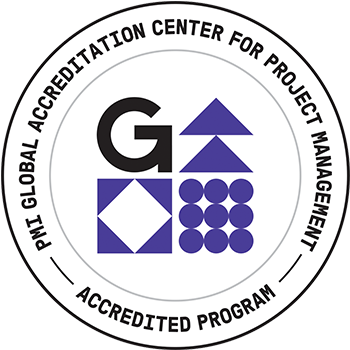The Traffic Fallacy
Abstract:
You’ve probably been late to something once, only to find as you drive onto the freeway hoping that you can try to make up for some of that lost time, it’s backed up for what looks like miles and miles. You call your friend and update them that the 15 min drive is now looking like at least an hour. That’s just a guess, though, you really have no idea as you lack the visibility into the conditions of the bigger system that you’re now a part of. You’re probably annoyed too, because waiting and sitting in traffic is a waste of time and the person behind you is trying to honk their way through it! It’d be great if this 4-lane freeway were 6-lanes! Ugh!
The solution cities have historically taken to traffic problems has been to add more lanes (capacity) or more traffic signals (process). Similarities exist in software development, where in the spirit of trying to get more things done faster, often times more people are added or more process is enforced. While well intentioned, this can end up slowing things down even more.
In order to sustainably do more, faster, a solution we’ve found to be successful is to visualize our workflow and limit our work in progress. Traffic jams have become rare, and most importantly, value is delivered to customer’s with increased predictability, along with improvements to team morale.
In this session we’ll explore:
– What a work unit is
– Techniques to visualize and organize the flow of work
– Finding the right work in progress limit for a team
– Pull versus push
– Going from good to great


